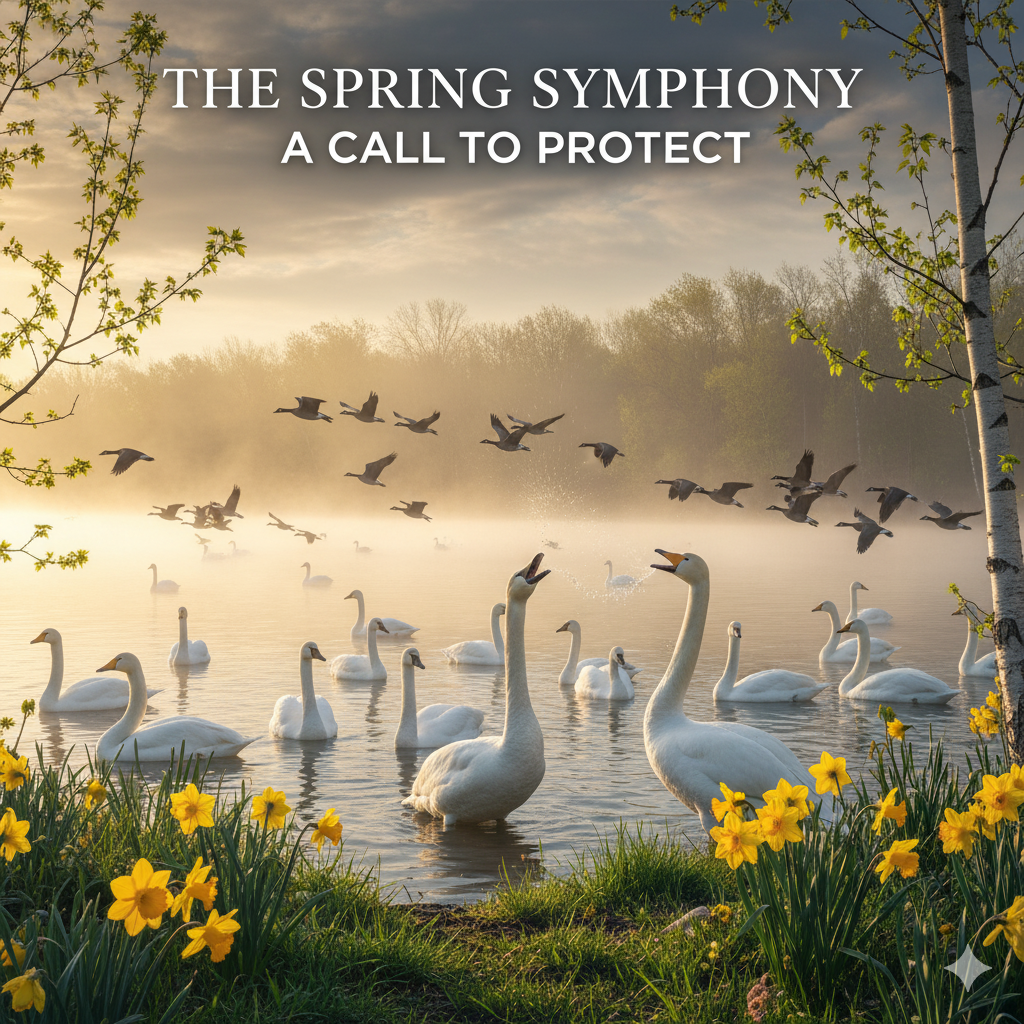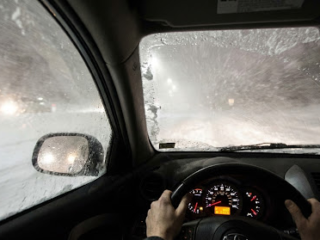The Great Waterfowl Migration Returns to the Prairie
The air crackles with a renewed energy, a palpable sense of awakening that transcends mere temperature change. It’s a feeling etched in our collective memory, a signal passed down through generations: Spring is here. And how do we know? Beyond the blooming daffodils and the budding trees, a more primal announcement echoes across the landscape – the resounding honk of geese and the graceful trumpeting of swans, returning to reclaim their rightful place in our ecosystem. This isn’t just a seasonal migration; it’s a symphony of life, a testament to the enduring power of nature, and a call to appreciate the fragile beauty that surrounds us.
Skies Abuzz: Migratory Waterfowl Stage Spring Comeback
The skies, once muted by the winter’s grasp, are now alive with activity. V-formations of geese, dark silhouettes against the pale blue canvas, carve their way northward. Their calls, a raucous chorus, announce their arrival from warmer climates, a triumphant return after months spent navigating treacherous winds and unpredictable weather patterns. This annual migration is a feat of endurance, a testament to the innate navigation skills honed over millennia.

A V-formation of geese makes its triumphant return over a prairie wetland at sunrise.
Each honk is a victory cry, a declaration of survival and a promise of renewal. The geese, with their unwavering determination, represent the resilience of nature itself, an ability to adapt and overcome adversity. Their presence fills a void left by the winter’s departure, restoring the balance and vibrancy of the aerial landscape. The swans, too, grace the skies with their elegant presence. Their trumpeting calls, less frequent than the geese, carry a sense of regal dignity. These majestic birds, with their snow-white plumage, are a symbol of purity and grace, a breathtaking spectacle against the backdrop of the awakening world.
Local Wetlands Reclaim Their Majestic Spring Residents
Local wetlands, once dormant and seemingly lifeless under winter’s icy grip, now pulsate with renewed vitality as geese and swans reclaim their rightful place within these aquatic ecosystems. These wetlands, the lifeblood of countless species, transform into vibrant nurseries and feeding grounds, teeming with activity and supporting a complex web of life. The arrival of these majestic birds signifies the full restoration of these crucial habitats. The return of the waterfowl breathes life back into the dormant landscape, initiating a chain reaction that benefits countless other species.

Trumpeter swans grace the calm waters of a marsh, their regal presence marking the full restoration of the wetland ecosystem.
Their presence nourishes the spirit and reminds us of the beauty and wonder that still exists in the natural world. The sheer scale of the migration is awe-inspiring, a testament to the interconnectedness of ecosystems across vast distances. These birds are not just local visitors; they are global citizens, traversing continents and connecting habitats. Their journeys remind us that we are all part of a larger web of life, and that our actions have consequences far beyond our immediate surroundings. Witnessing this spectacle is a privilege, a chance to connect with the natural world and appreciate its enduring power. It’s an opportunity to reflect on our place within the ecosystem and to consider our role in protecting these magnificent creatures and their habitats.
Community Celebrates Return of Feathered Spring Icons
The return of geese and swans is not just a scientific event; it’s a community celebration, a time when people come together to appreciate the beauty and wonder of the natural world. Local festivals, birdwatching tours, and educational programs offer opportunities for people of all ages to connect with these magnificent birds and learn about their importance. This shared experience fosters a sense of stewardship and inspires action to protect these feathered spring icons.

A birdwatcher on an observation deck witnesses the incredible spectacle of the spring waterfowl migration at sunset.
As human populations grow and landscapes undergo rapid transformation, the need for responsible coexistence with wildlife becomes increasingly critical. Finding a balance between human needs and the needs of these magnificent birds is essential for ensuring their long-term survival. The return of geese and swans is more than just a seasonal event; it’s a powerful reminder of the interconnectedness of life and the importance of environmental stewardship. Their honking symphony and graceful presence serve as a call to action, urging us to protect the habitats that sustain them and to embrace a more sustainable way of life. The responsibility to protect these creatures and their habitats rests on our shoulders. Let’s not fail them. Let the symphony of spring continue to resonate, loud and clear, for generations to come.











